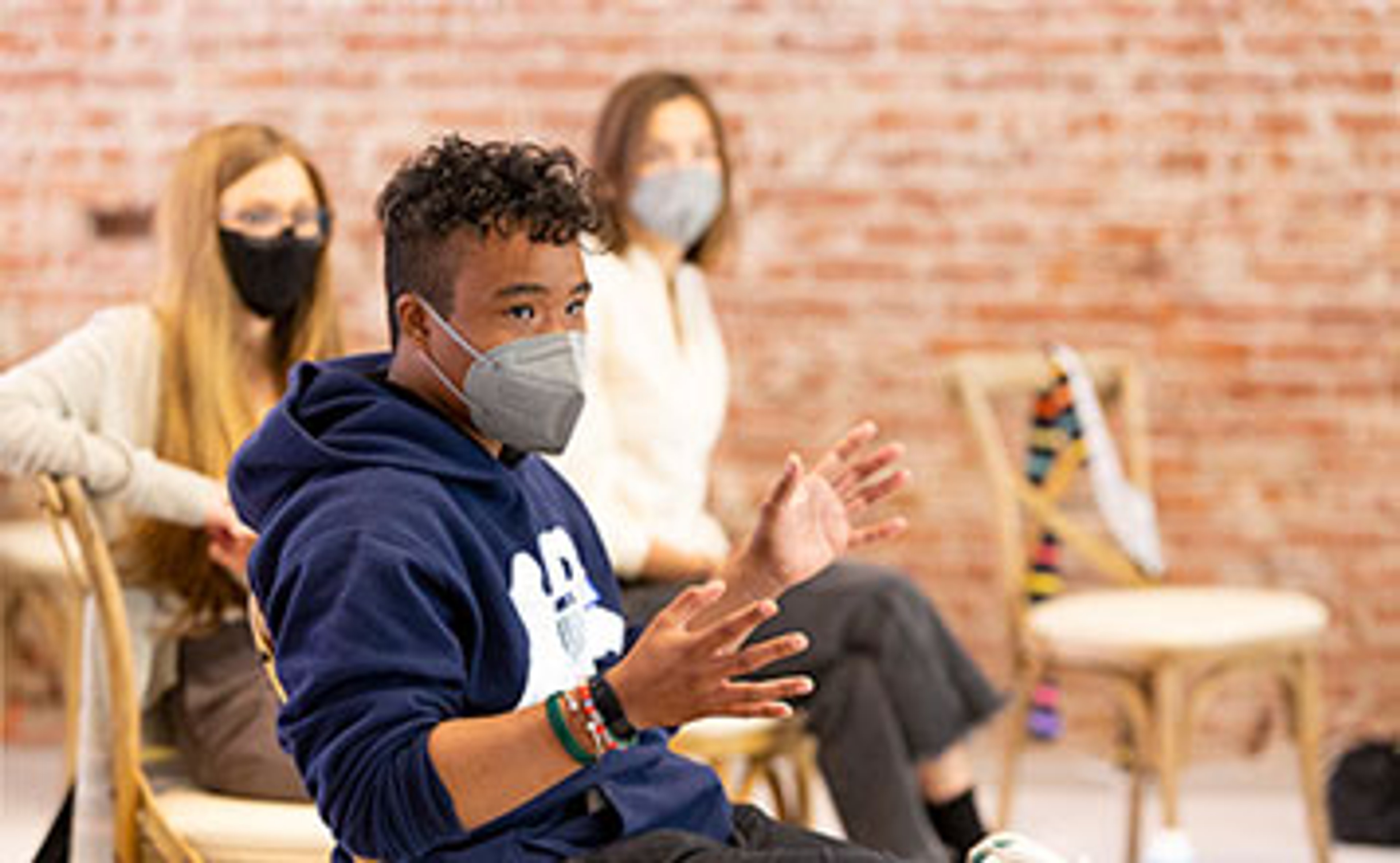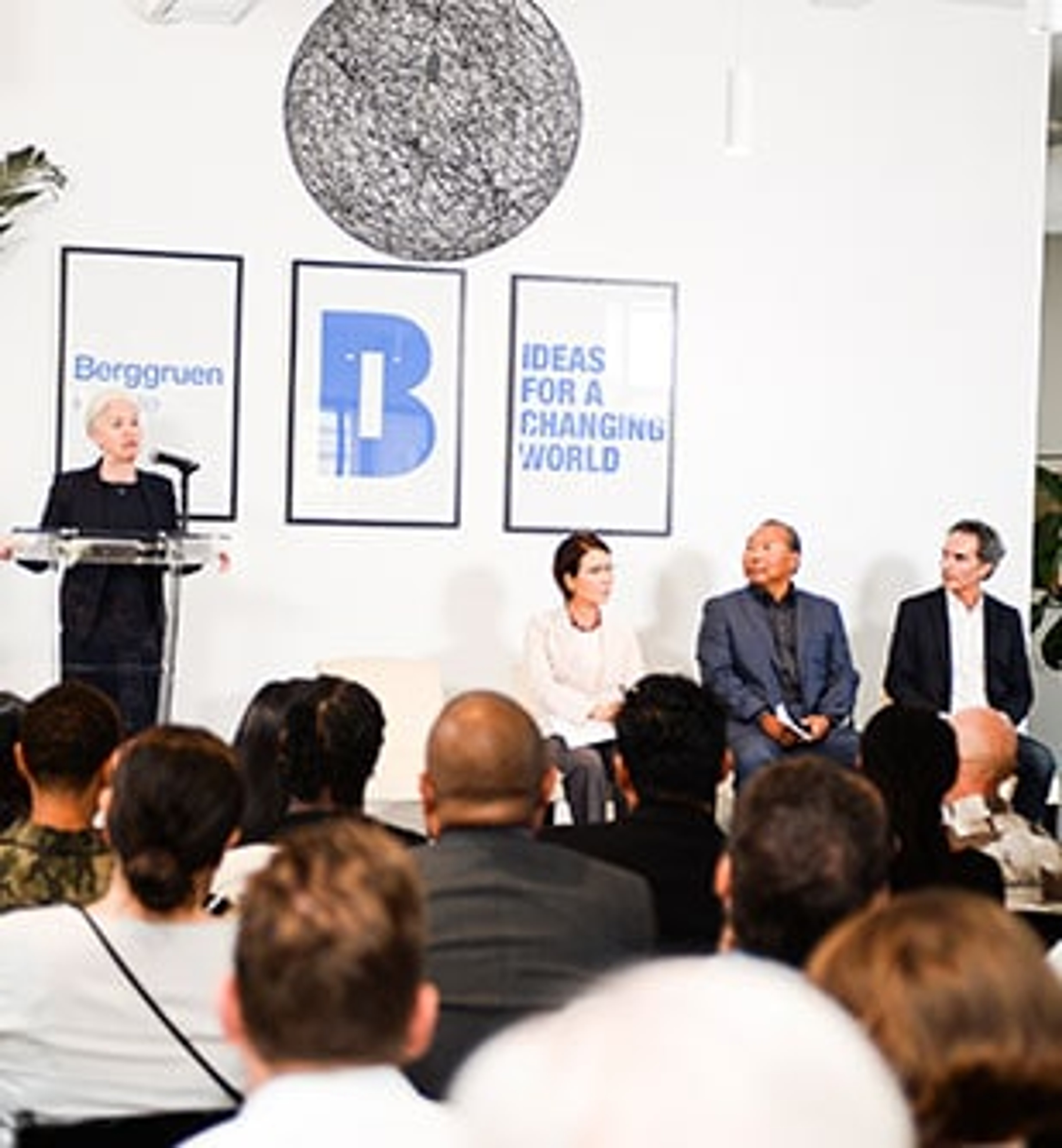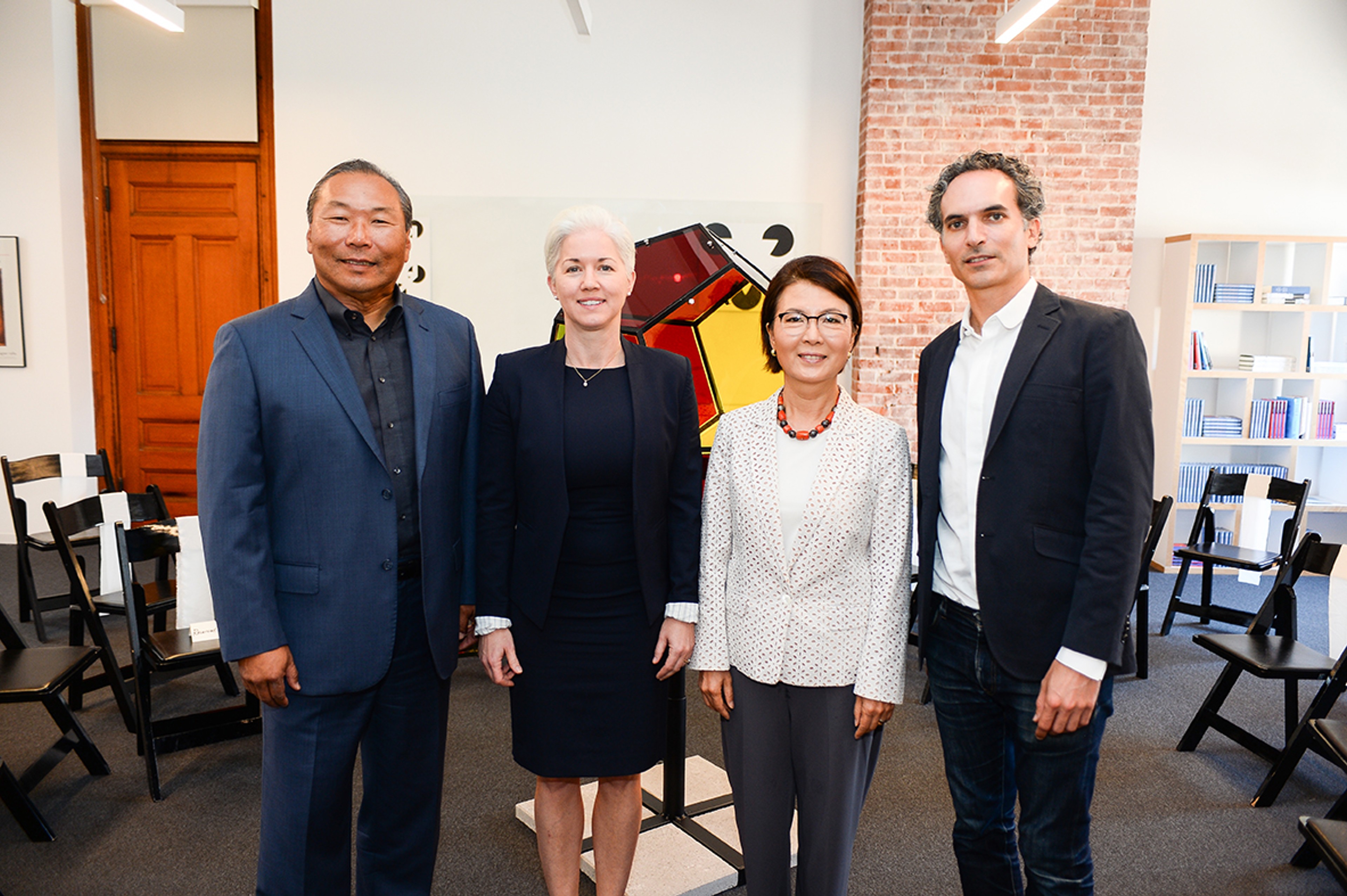Is a Harmonious Community in the Center of Los Angeles Attainable? Residents and Commuters in K-town Had Their Say

On October 29 & 30, 2019, the Korean American Federation of Los Angeles (KAFLA) hosted a Sense LA Creative Assembly at their offices on Western Avenue in the heart of K-town. Among attendees were members young and old representing labor, architecture, housing, education, and law enforcement communities and organizations. Their interests and perspectives illustrated the rich and diverse makeup of one of the most densely-populated areas in the city. The initial conversation centered on issues affecting their daily experience, therefore providing a focus for our exploration of personal responsibility as active members of the community. The issues discussed ranged from housing costs to language barriers, to racial and cultural justice to planning and zoning regulations that can represent the interests of developers and simultaneously ensure economic and social diversity. As a result, we needed to articulate these varied and seemingly opposing viewpoints within a unifying concept that could work to positively build an inclusive understanding of everyone’s needs. After much discussion, we decided to explore the concept of harmony as the conceptual boundary from which we would build a unifying picture.
The concept of harmony is central to any profound exploration of a productive and successful system and critical to a place as diverse and dynamic as Koreatown. We centered on six main pillars that comprise harmony: Mutual Understanding, Security, Synergy, Equity, Sustainability, and Inclusivity/diversity. The pillars, in turn, were made up of distinct concepts and issues previously discussed by the participants to deepen their understanding of each one.
Mutual Understanding was defined mainly by communication. Prevalent in the discussion was the language barrier between cultures living and working in K-town and the need for more efficient and horizontal communication mechanisms between residents and government agencies. Security, also heavily influenced by communication issues, comprised housing access for renters, which currently make up a majority of residents, as well as access to credit and well-paying jobs which help ensure economic security and in turn create space for entrepreneurial endeavors. All of these issues seemed to affect their perceptions of quality of life in their community, demonstrating the importance of quality of life to cultivating enjoyable experiences and harmonious living in the neighborhood.
Equity focused on issues of zoning, planning and land use in terms of the idea of the commons and how much land would be apportioned to common and public uses. It also emphasized how new or refurbished constructions could reflect a philosophy centered on creating warm, public and inviting environments that reduce injustices, create better-paying jobs, give more affordable options, and decrease displacement. Interestingly, Synergy demanded the use of specific examples of unorthodox or unconventional thinking in order to deepen the understanding of this concept. The example used show the dynamics of presentability and economic opportunity to explain synergy was of a mobile shower set up for people experiencing homelessness. Showers and cleanliness enable locally-displaced residents to more confidently search for jobs in the area, therefore creating economic opportunities. The group posited that by using resources on indirect actions, those different from basic nourishment and clothing and housing, you can create a synergistic loop with unforeseen, productive outcomes.
Sustainability focused on access to quality and affordable healthcare, food, and vulnerable population assistance. It also underscored the importance of building codes prioritizing reduced environmental impact as well as the inclusion of businesses that endorse new economic opportunities, such as mobility, energy and education startups which can create local jobs. Inclusivity/Diversity encompassed issues around the creation of systems that endorsed joint decisionmaking, unity and cultural programs that enhance exchange and understanding. They also included a focus on planning and zoning based on economic diversity, since one of their main concerns was the loss of cultural fabric caused by current gentrification frameworks for new development.
We embarked on the visualization process in a session occurring the following day, which included many of the same participants of the previous day’s discussion. However, there was a notable difference: amongst the day’s participants were two LAPD officers who worked side-by-side with the others in the visualization portion of the assembly. Of note was the visualization by one officer when asked to exemplify the concept of lifestyle limitation within the security group. He created a scene where a man was sleeping in his single-room home, constantly disturbed by sirens and police and service car lights, thus creating an environment of stress and disturbance. It was interesting to get a rare glimpse of an officer’s perspective and how he understood the impact he had on his environment.
Conspicuously missing from the system was mobility. As is common in a city like Los Angeles, many participants had initially expressed their frustration with the traffic conditions coming in and out of K-town. An important number of participants were commuters who worked in K-town so their daily experience was greatly influenced by the time spent moving to and fro.
In the end, a picture of what a harmonious community would entail began to emerge. And yet, the discussion has just begun, and many more interviews, visualizations and greater analysis will be made in the coming months.



